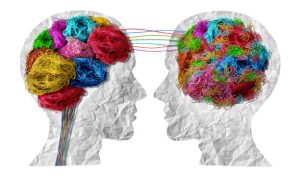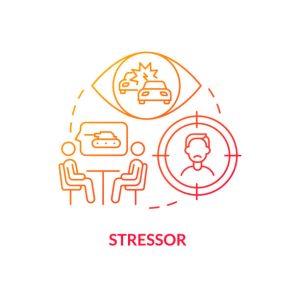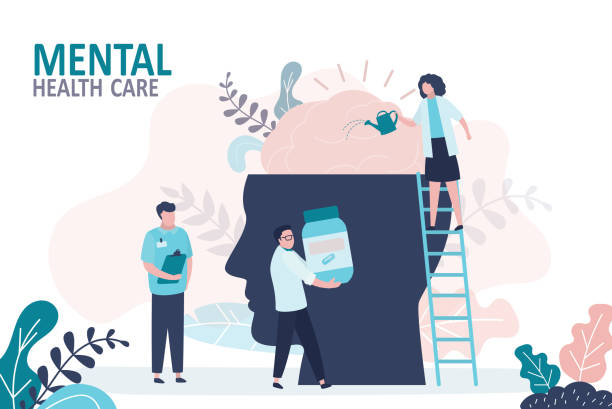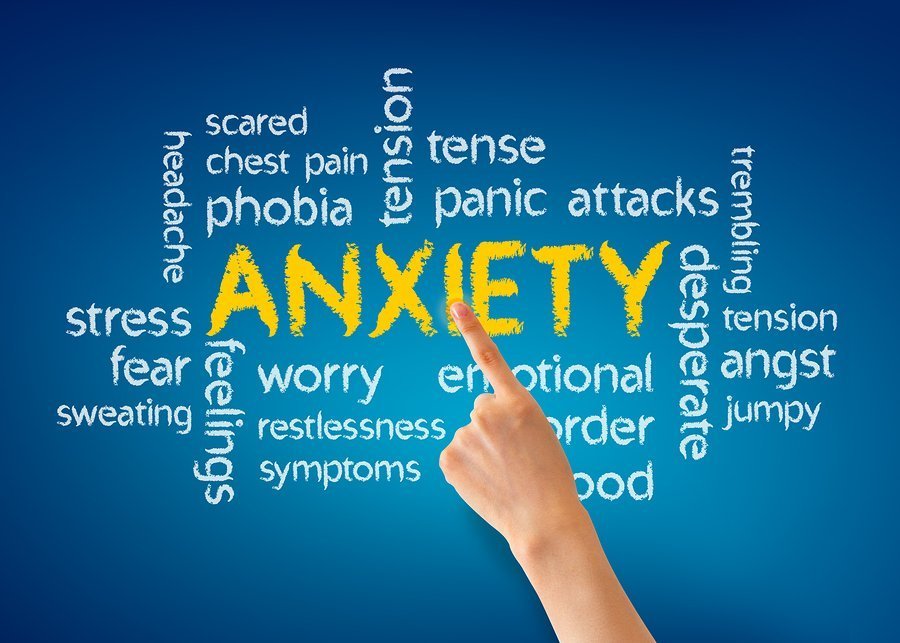Table of Contents
ToggleMental health disorders are more common than you think. The National Institute of Mental Health (NIMH) estimates that there are over 30 million adults in the United States who experience some form of mental illness each year, and that number is growing. In fact, it’s estimated that one in five Americans will experience a mental disorder at some point during their life—and many people experience more than one! Although there’s no single cure for any type of mental illness, treatment can help control symptoms so you feel better about yourself and your life situation.
What are Mental Health Disorders?
Mental health disorders are conditions that affect a person’s thoughts, emotions, and behaviors. They can cause significant distress and impair daily functioning. Examples include depression, anxiety, bipolar disorder, and schizophrenia. Symptoms vary widely, ranging from persistent sadness and excessive worry to hallucinations and delusions.
These disorders can arise from a combination of genetic, environmental, and psychological factors. Seeking professional help is crucial for diagnosis and treatment. Effective interventions, such as therapy and medication, can help individuals manage their symptoms and improve their quality of life. Understanding and supporting those with mental health disorders is essential for creating a compassionate and inclusive society.
Types of Mental Disorders

Mental disorders are illnesses that can affect your mind, mood, and behavior. They include depression, anxiety, bipolar disorder—to name a few—and others. A mental health disorder is not the same as mental retardation or learning disabilities.
Mental health professionals diagnose people with these disorders based on their symptoms:
- Depression: Feeling sad or depressed most of the time for at least two weeks; loss of interest in activities once enjoyed; weight loss or gain (5% body fat or more) despite dieting and exercise; feelings of hopelessness about the future; feeling worthless because you no longer feel like yourself (but still want to get better).
- Anxiety: Feeling nervous all the time without any apparent reason; constantly worrying about things you could do nothing about anyway (like getting sick); feeling tense even after periods when nothing was going wrong around them/themselves
Anxiety Disorders

Anxiety disorders are the most common mental illness in the United States, affecting about 18 million adults and 4 million children. Symptoms include:
- Restlessness, muscle tension, fatigue and difficulty concentrating
- Irritability or upset-fulness
- Sleep disturbance (insomnia)
Mood Disorders

Mood disorders are a group of conditions that affect your mood and emotions. You may experience depression, bipolar disorder (manic depression), seasonal affective disorder (SAD), dementia or schizophrenia.
Depression is a common mood disorder in which you have persistent sadness, loss of interest in activities you once enjoyed and problems with sleep, concentration and energy levels. Symptoms can range from mild to severe; some people have no symptoms at all. Symptoms usually start during adolescence but can occur earlier in life as well as later on—for example, after five years of marriage when one partner starts showing signs of depression while the other stays happy regardless!
Personality Disorders

Personality disorders are a group of mental health conditions in which someone has trouble dealing with everyday life. People with personality disorders are often described as having an “inability to tolerate being alone,” and may experience difficulty expressing their own emotions or making decisions, even if they have no difficulty taking care of themselves.
Personality disorders can be difficult to diagnose because they don’t always cause obvious symptoms like depression or anxiety disorder, but they’re often linked to other problems—like substance abuse or eating disorders—that do affect your ability to function at home, work, or school.
Psychotic Disorders

Psychotic disorders include schizophrenia, bipolar disorder and depression.
Schizophrenia causes hallucinations, delusions, and disorganized speech or thinking. These symptoms start in early adulthood but can happen at any age. People with schizophrenia may also have flat affect, disorganized behavior, paranoia, and catatonia. Diagnosis considers symptoms’ impact on daily life, family history, substance abuse, and homelessness. Treatment involves medication and supportive care from professionals who closely observe behaviors over time. Psychiatrists diagnose mental disorders through ongoing observation, not just one appointment.
Trauma and stressor-related disorders

The term “trauma” refers to a wide range of experiences and emotions, including:
- physical injury,
- sexual abuse,
- combat/combat exposure,
- sudden death of a loved one, and/or
- other serious life events that are not typical in everyday life. These experiences can have a lasting impact on your mental health and well-being for years after the event has occurred. If you have experienced one or more severe traumas (e.g., rape), it is important to seek treatment as soon as possible so that you can recover from this experience and get back on track with your life goals.










